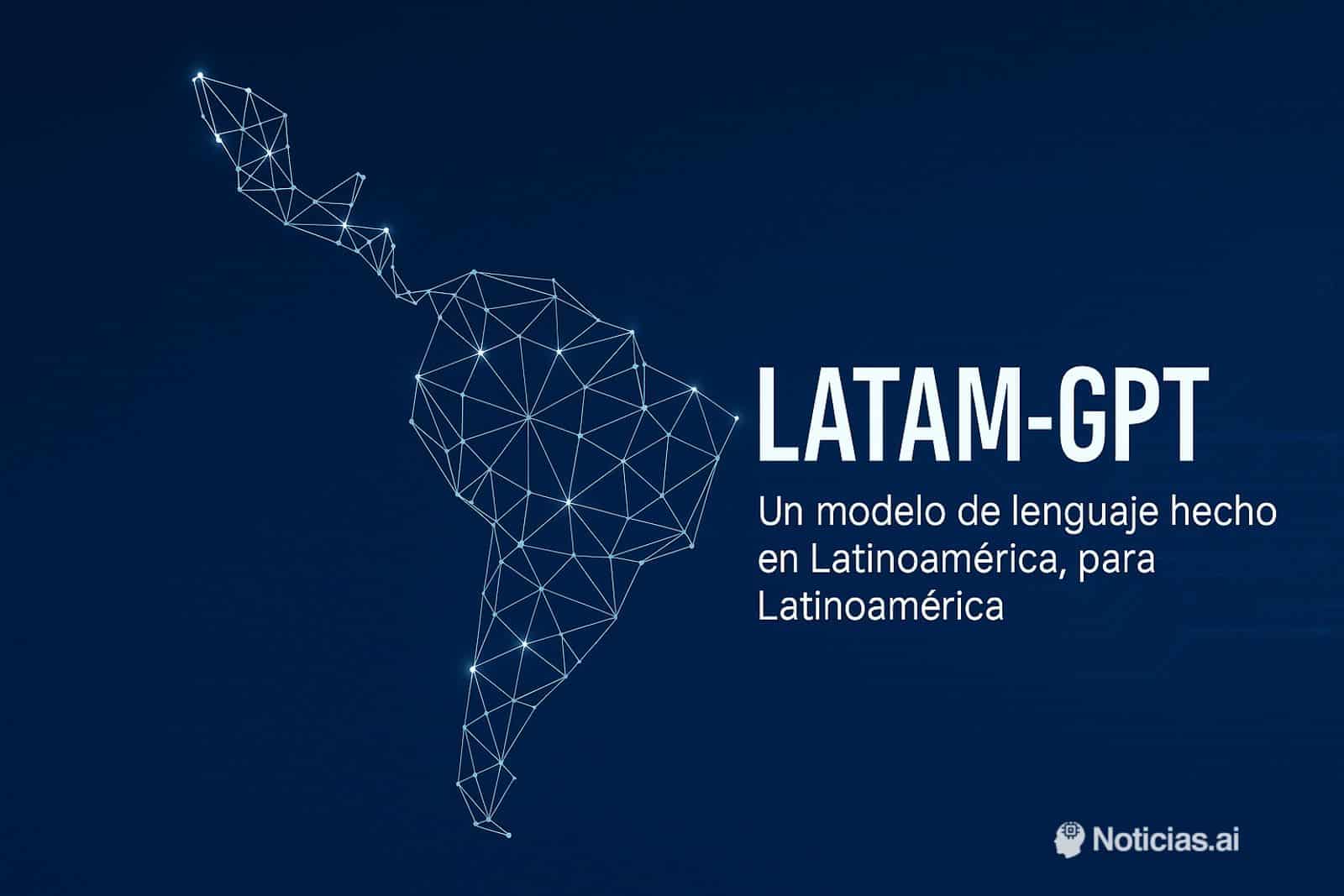Latam-GPT is positioned as the first major language model trained and adapted to the sociocultural and linguistic reality of Latin America, driven by over 30 institutions from a dozen countries in the region.
Latin America has taken a key step toward technological independence with the launch of Latam-GPT, a large generative artificial intelligence model conceived, developed, and trained on the continent to address its specific needs. The project, coordinated by the National Center for Artificial Intelligence (CENIA) in Chile with the collaboration of dozens of public and private institutions, aspires to become the benchmark standard for AI in Latin American Spanish and indigenous languages.
An AI Model Designed for Latin America
Unlike large international models trained primarily with Anglo or global data, Latam-GPT has been built using local texts, sources, and data that encompass the history, culture, economy, and linguistic diversity of the region. The model employs an open version of Llama 3 from Meta, with 70 billion parameters, allowing it to operate at the level of the most advanced AI systems worldwide.
Its training is conducted on regional supercomputing infrastructures and cloud resources, including centers like the University of Tarapacá in Chile, with technical and financial backing from regional organizations and strategic alliances with global cloud platforms. All code and results will be available as open-source software in public repositories, facilitating reuse and adaptation.
Technological Sovereignty and AI Democratization
Latam-GPT emerges in response to the region’s need for digital tools adapted to its reality and to reduce dependence on foreign providers. The model is not conceived as a mere chatbot, but as an artificial intelligence engine that can be integrated into multiple applications: virtual assistants for public services, translators for indigenous languages, personalized educational systems, solutions for governments and businesses, or tools for the digitization of cultural archives.
The project stands out for its potential to preserve and digitize linguistic heritage, as it includes functionalities for the translation of native languages, facilitating inclusion and access to services for Indigenous and rural populations. Its use is also contemplated in tasks for processing administrative data, supporting education and research, as well as developing AI solutions tailored to the Latin American context.
Openness, Collaboration, and Challenges
Latam-GPT is built in an environment of multinational and multidisciplinary collaboration, involving universities, research centers, and public agencies. The model will be open access, with permissive licenses and public repositories, fostering innovation and transparency.
Among the project’s challenges are the collection of quality data across the region, the digital divide in certain areas, and the need for investment and computational resources to maintain and update the model as technology evolves.
A Milestone for the Latin American Technological Ecosystem
The release of the first version of Latam-GPT, scheduled for September 2025, will mark a turning point in access to artificial intelligence technologies in the region. The model will enable Latin American institutions to create AI-based solutions grounded in their own cultural and linguistic foundation, paving the way for greater technological autonomy, more inclusive digitization, and the development of a competitive innovation ecosystem globally.
Latam-GPT demonstrates that Latin America can be a leader in the development of open and responsible AI, positioning itself as a reference in creating models tailored to local realities and aspirations.
Source: AI News

